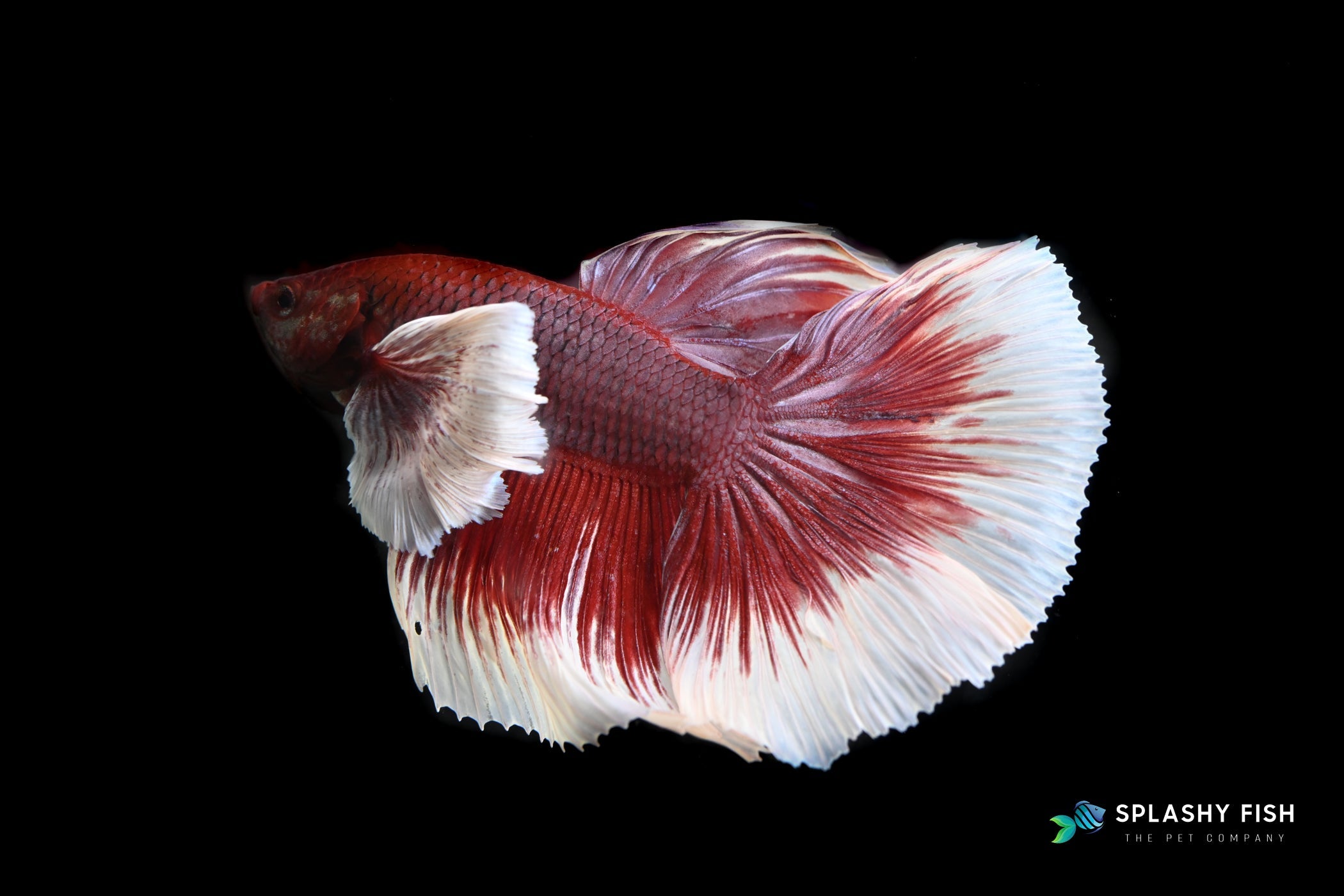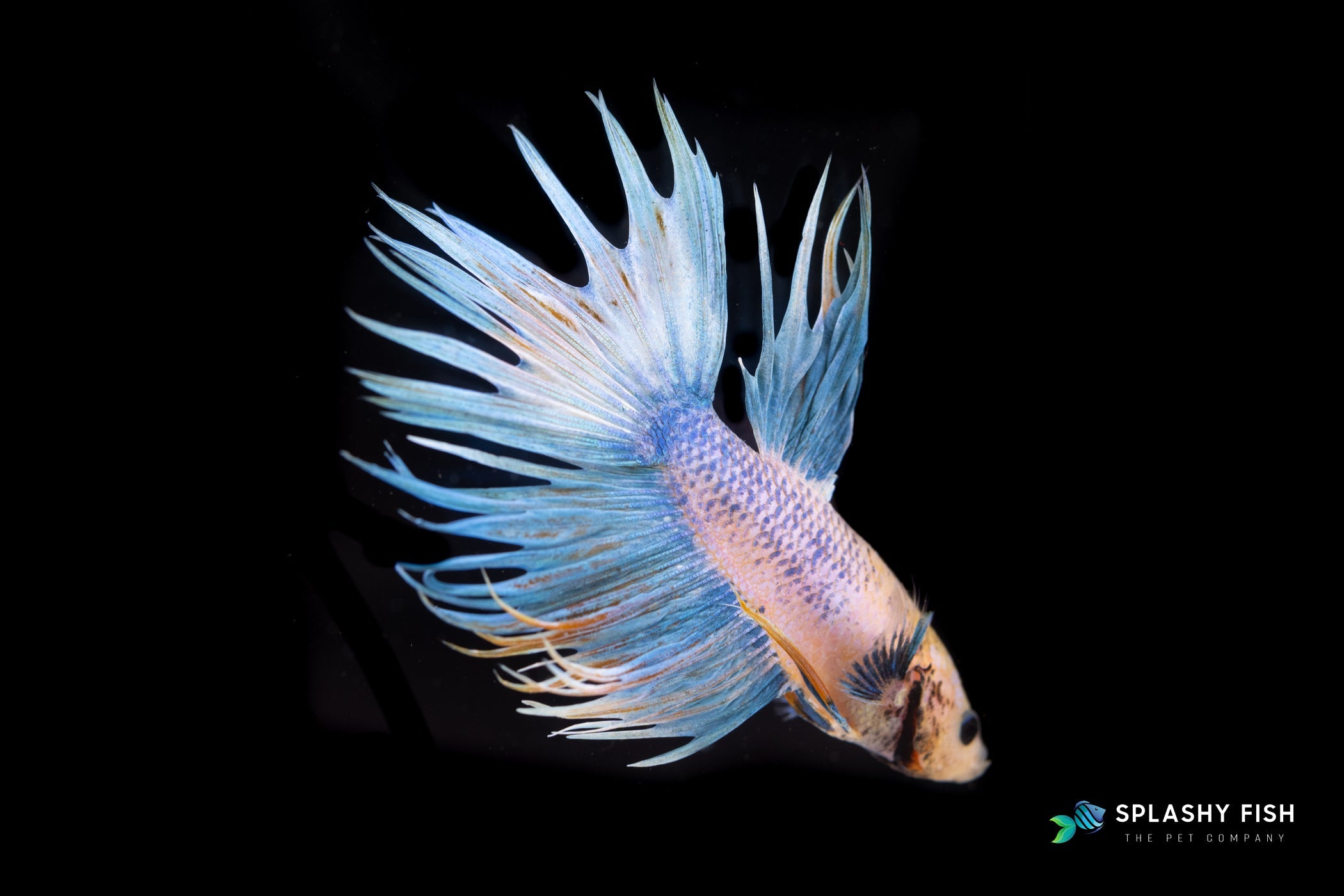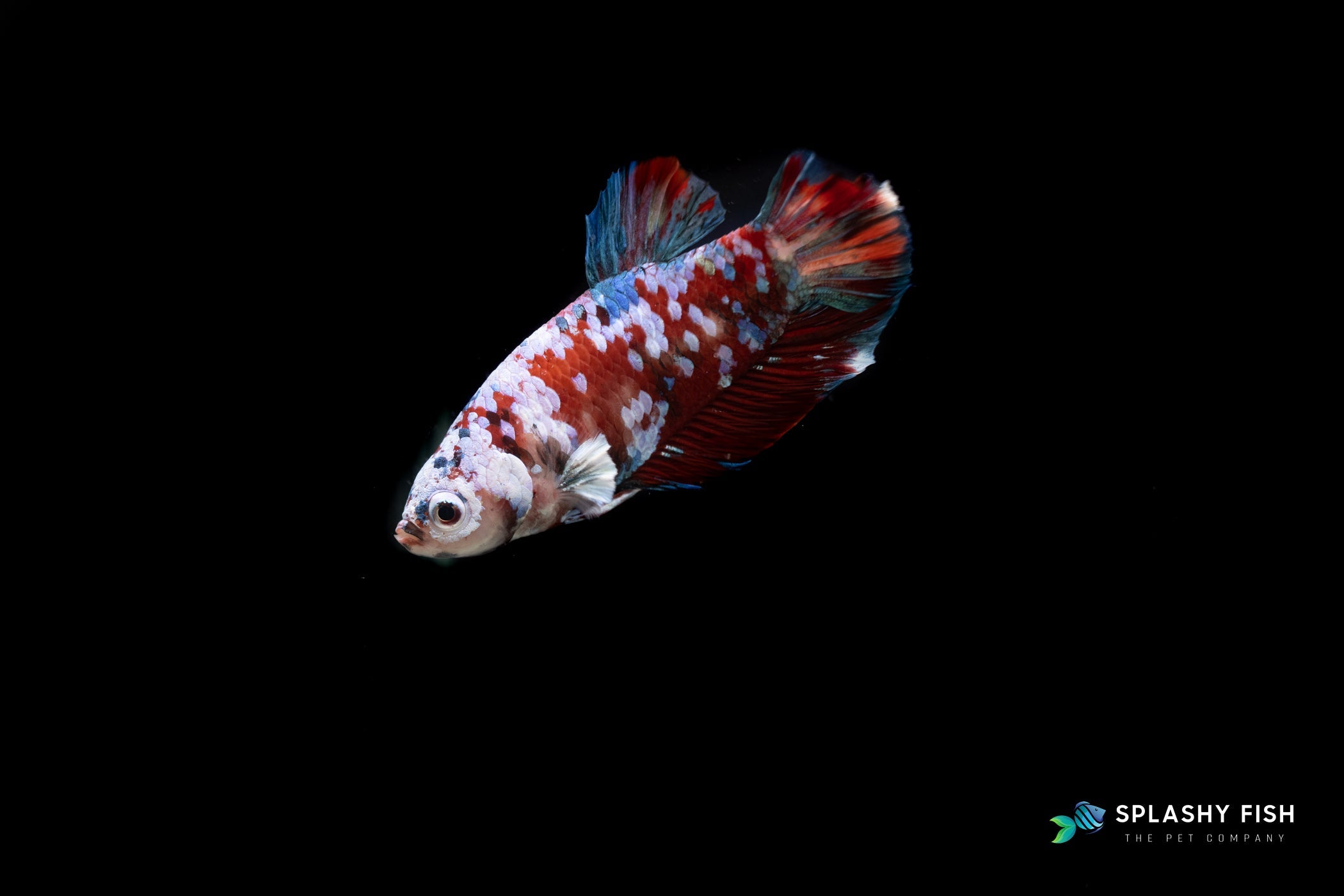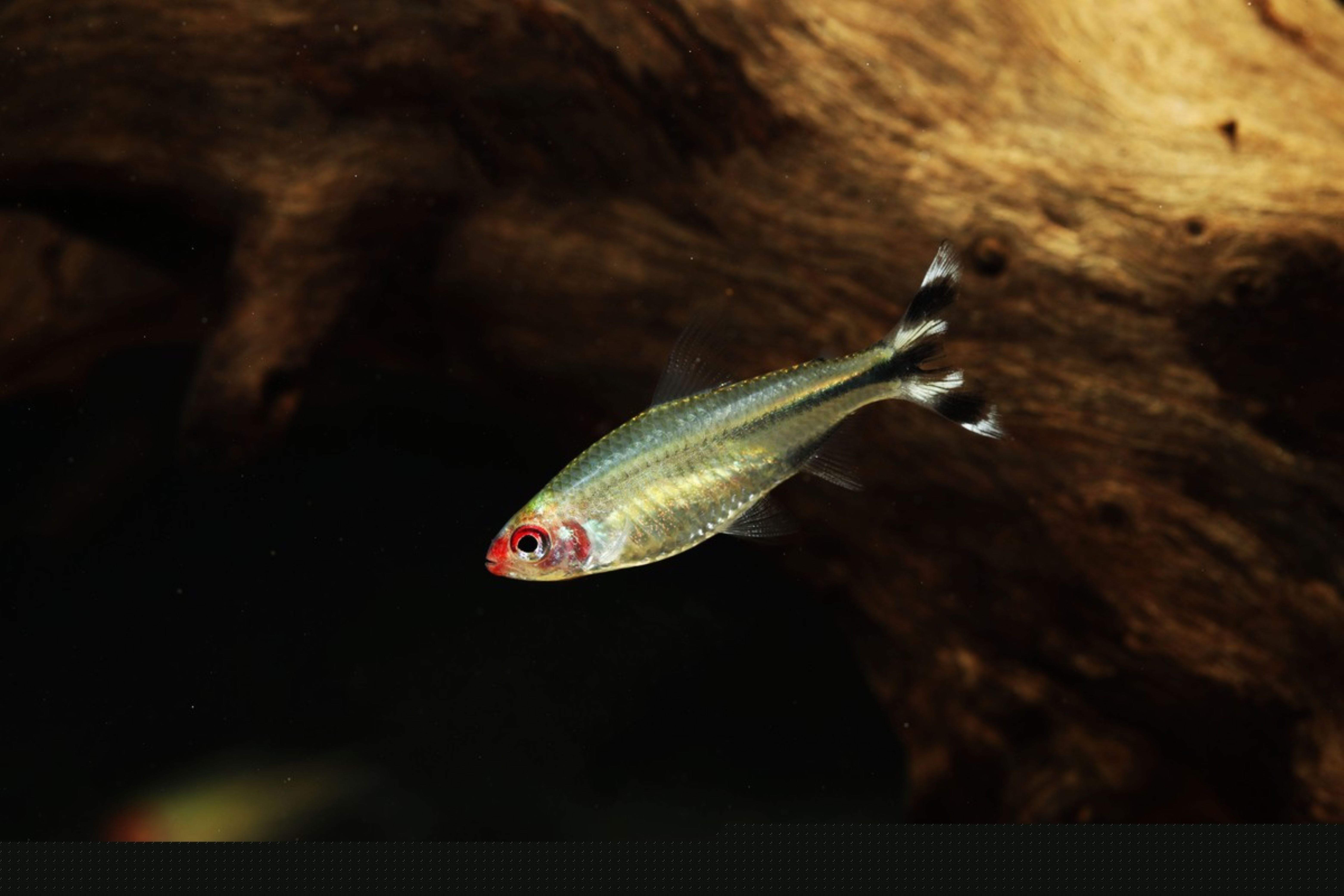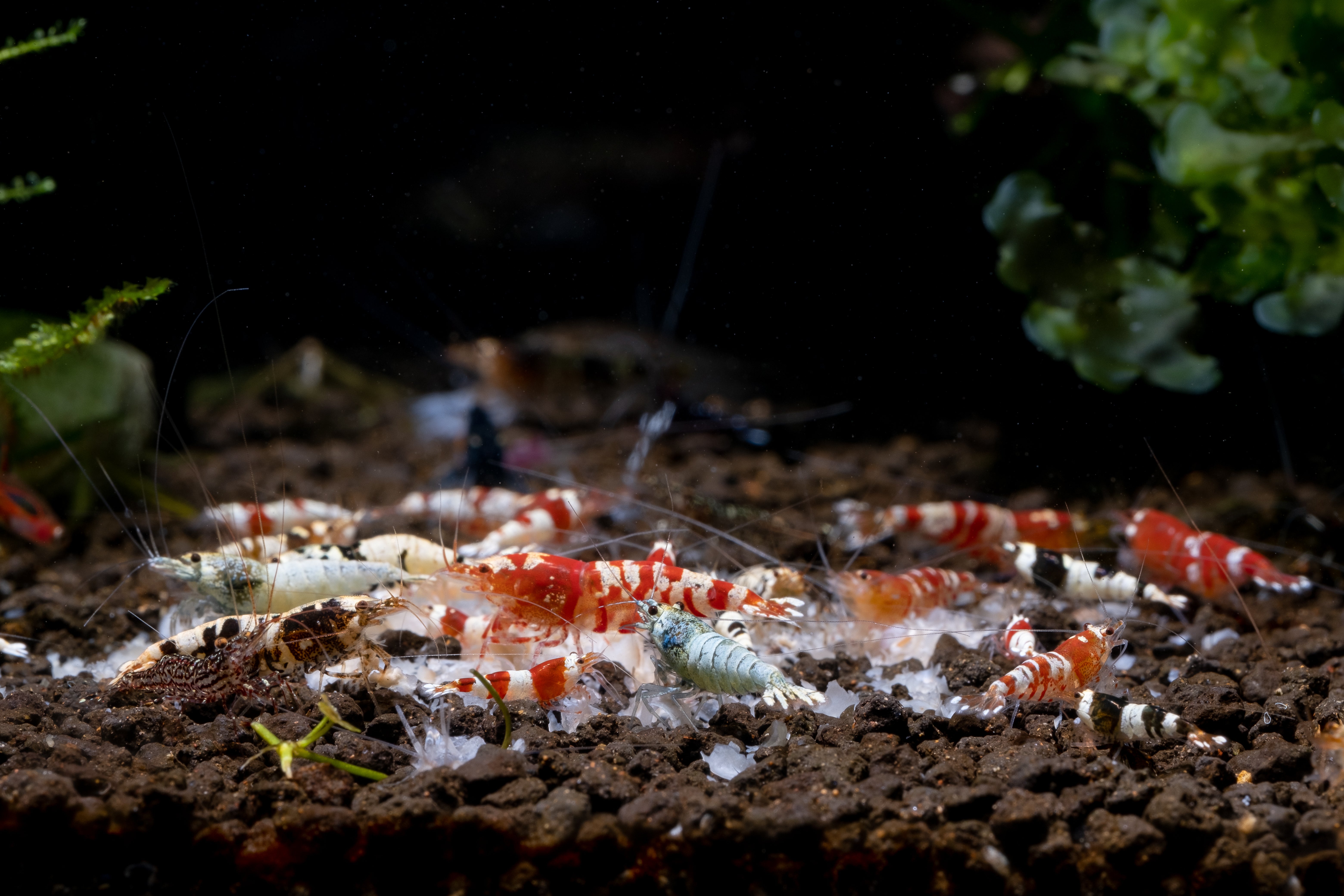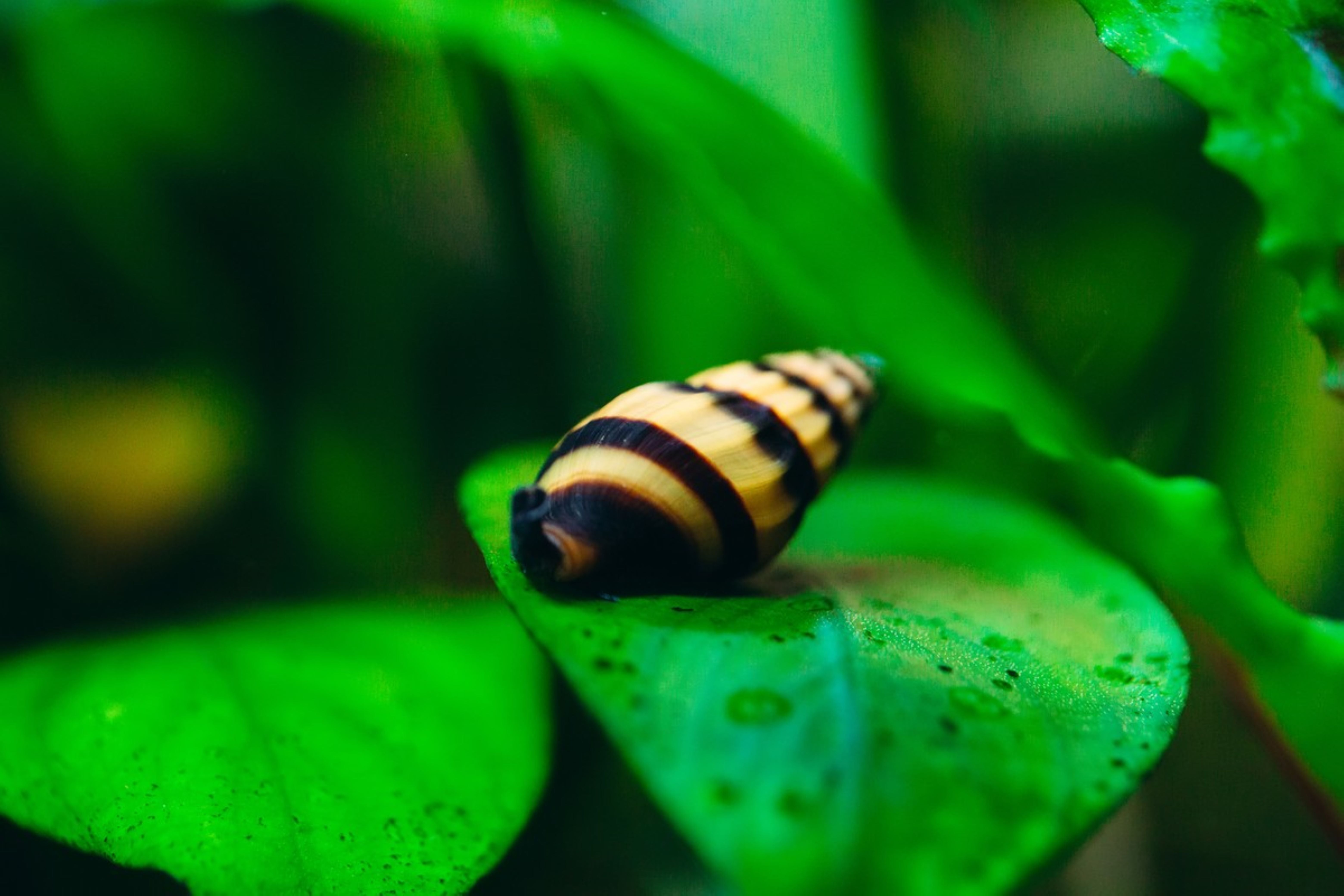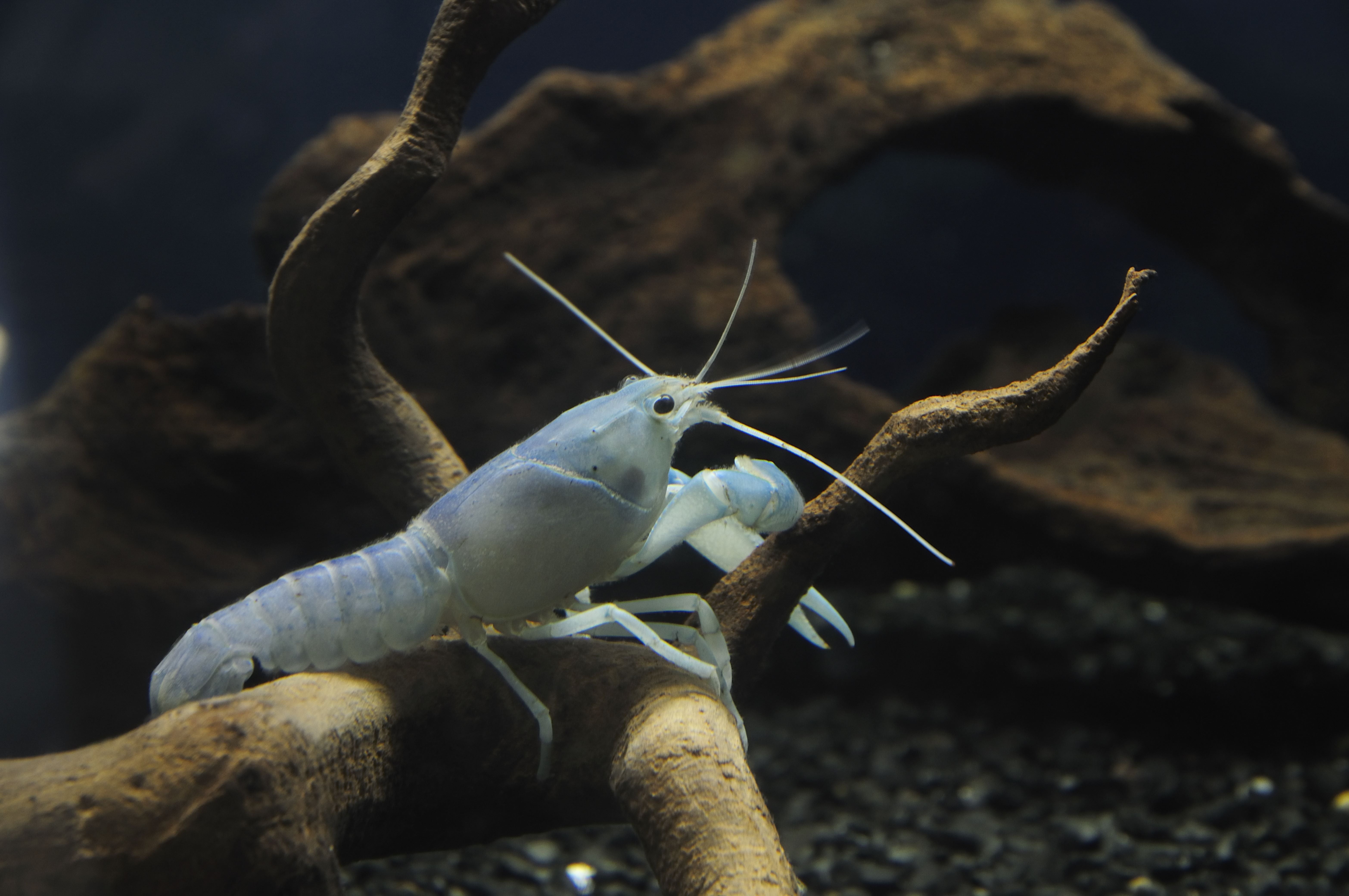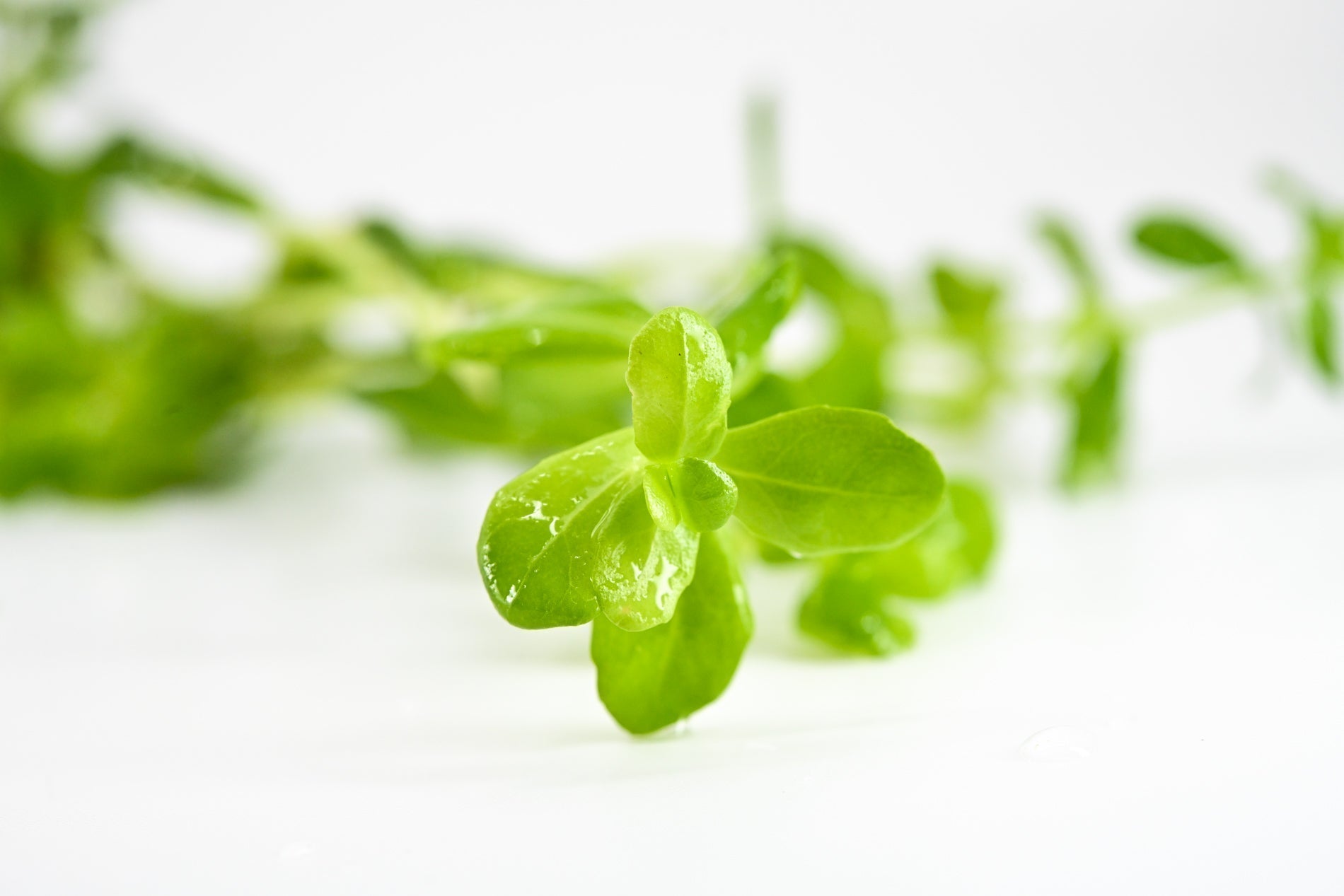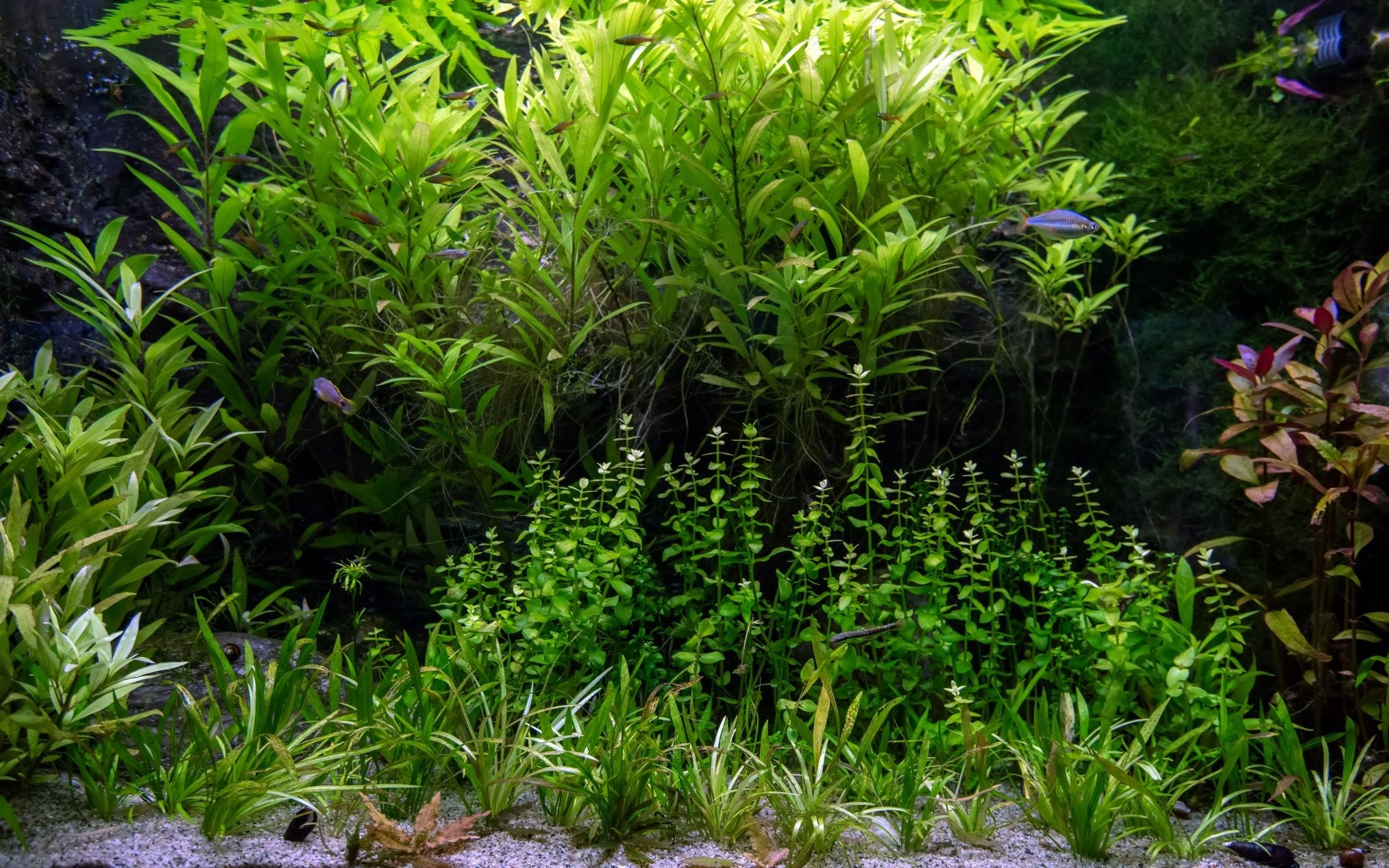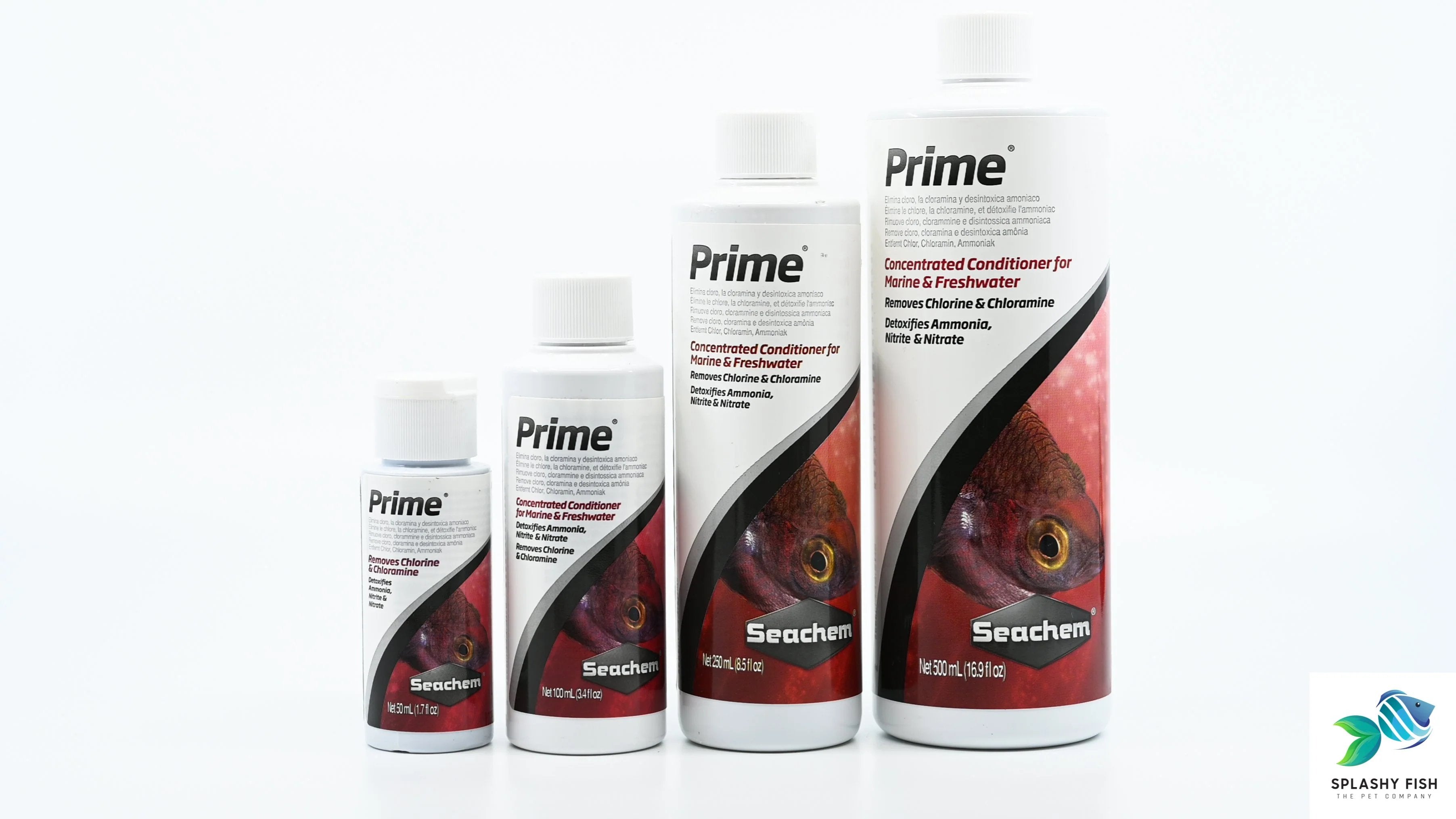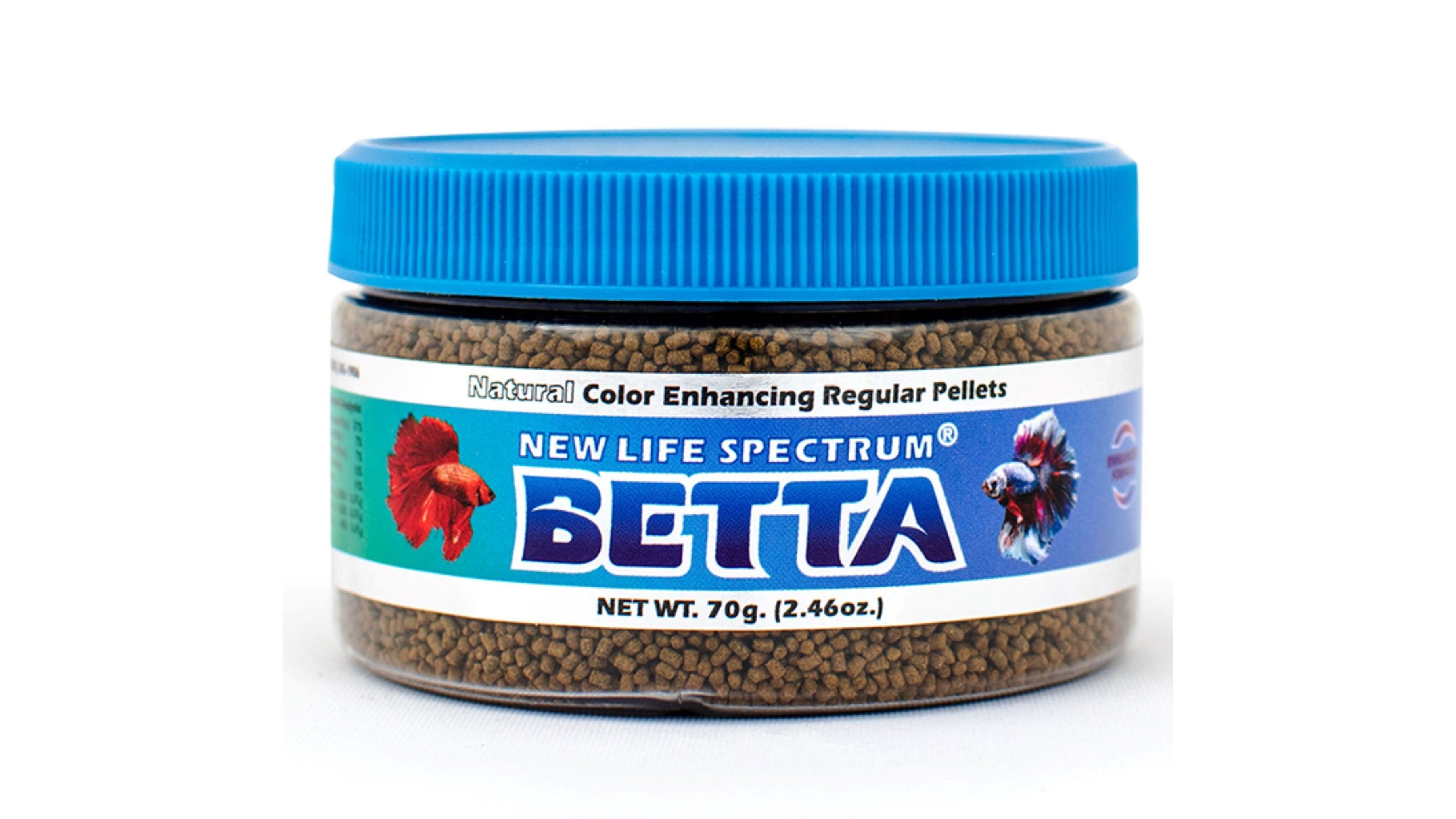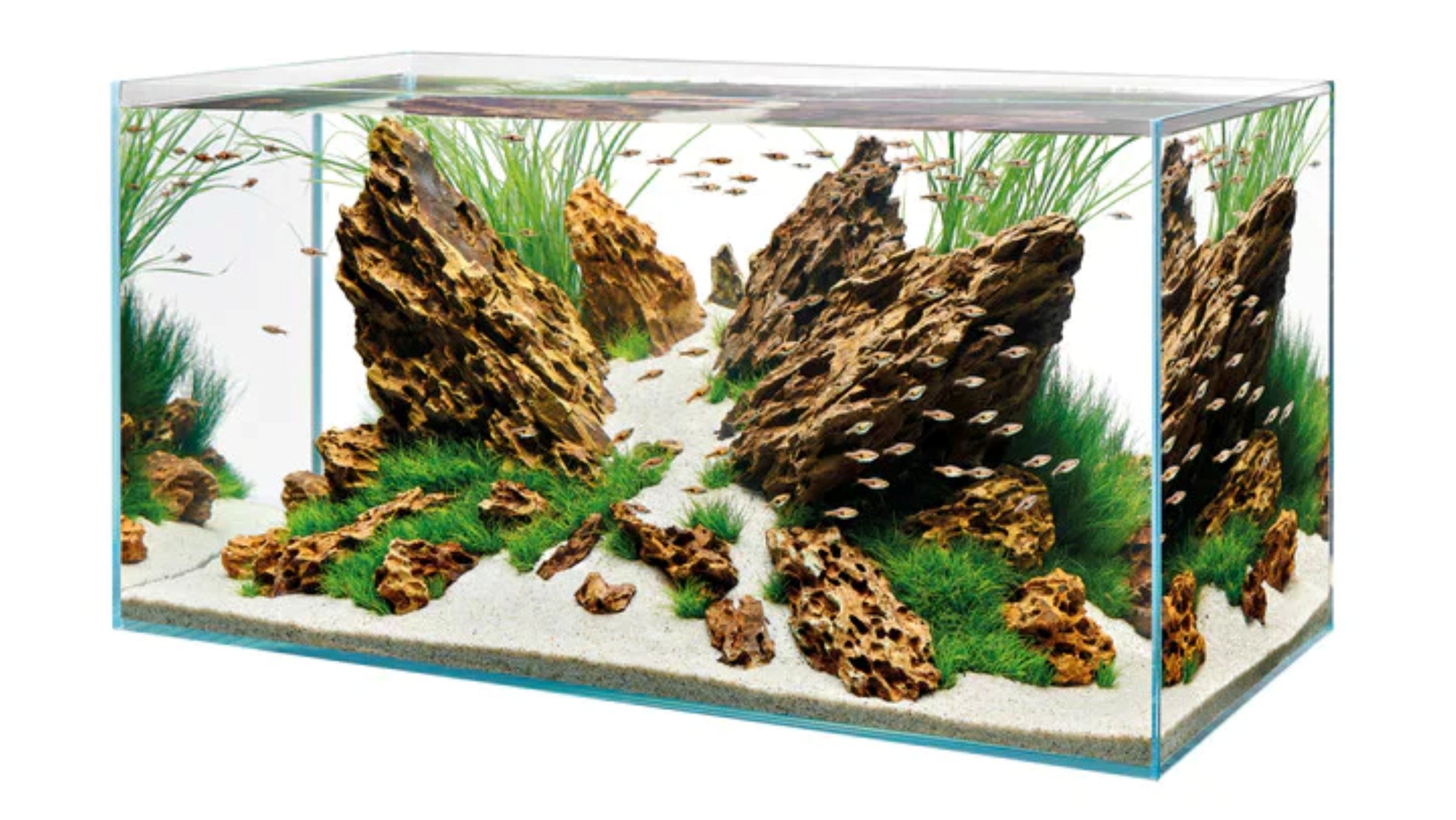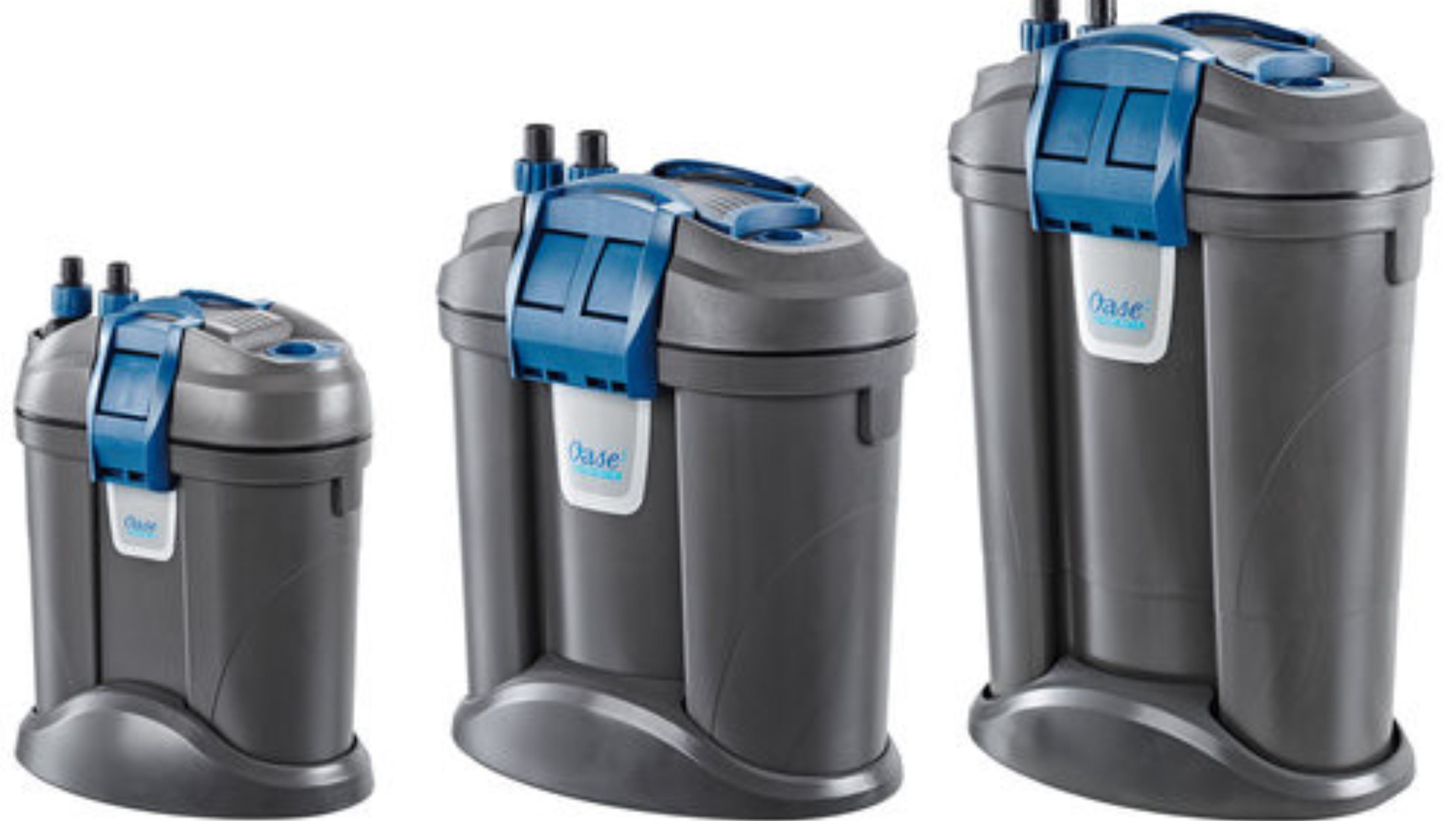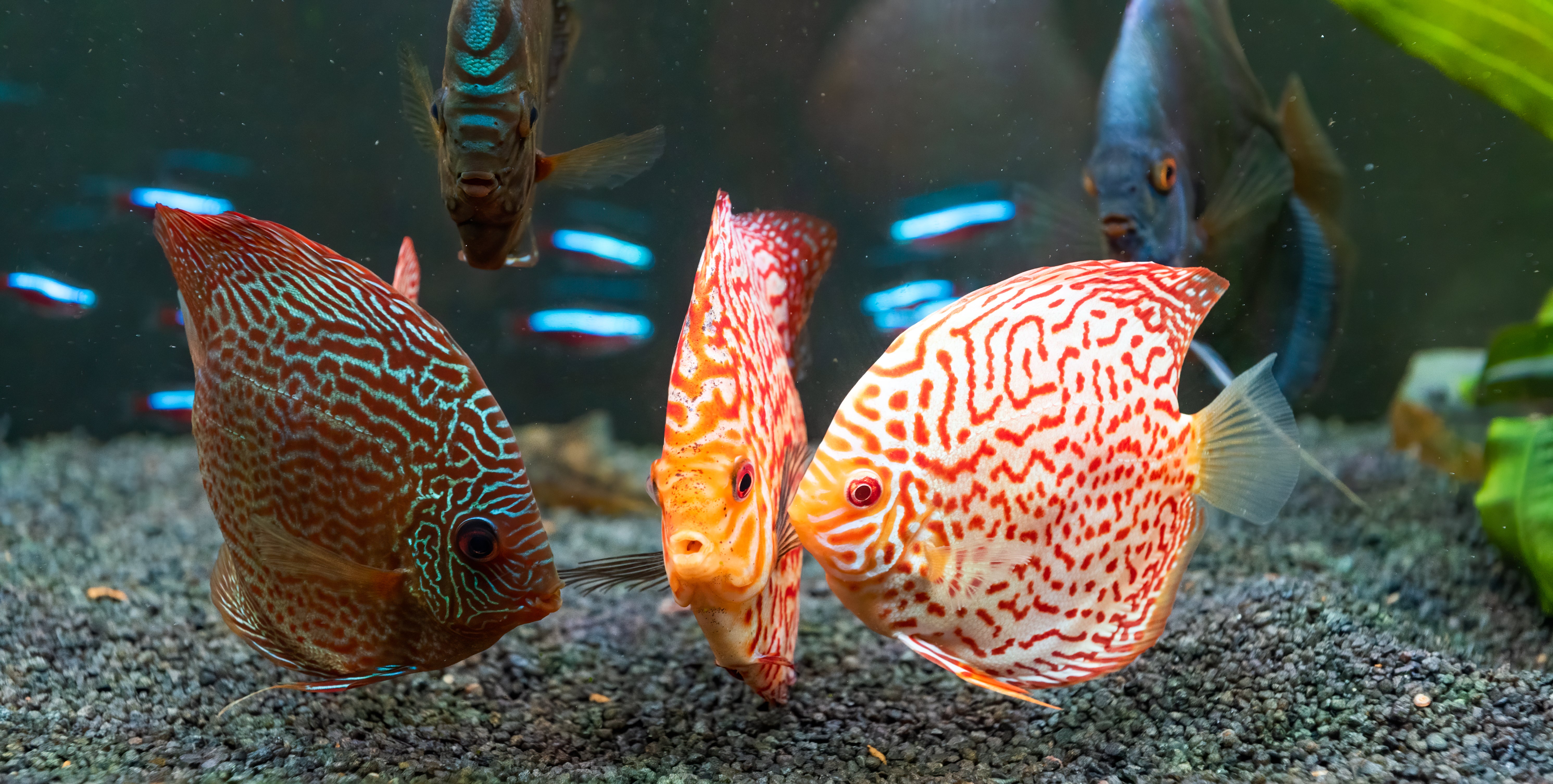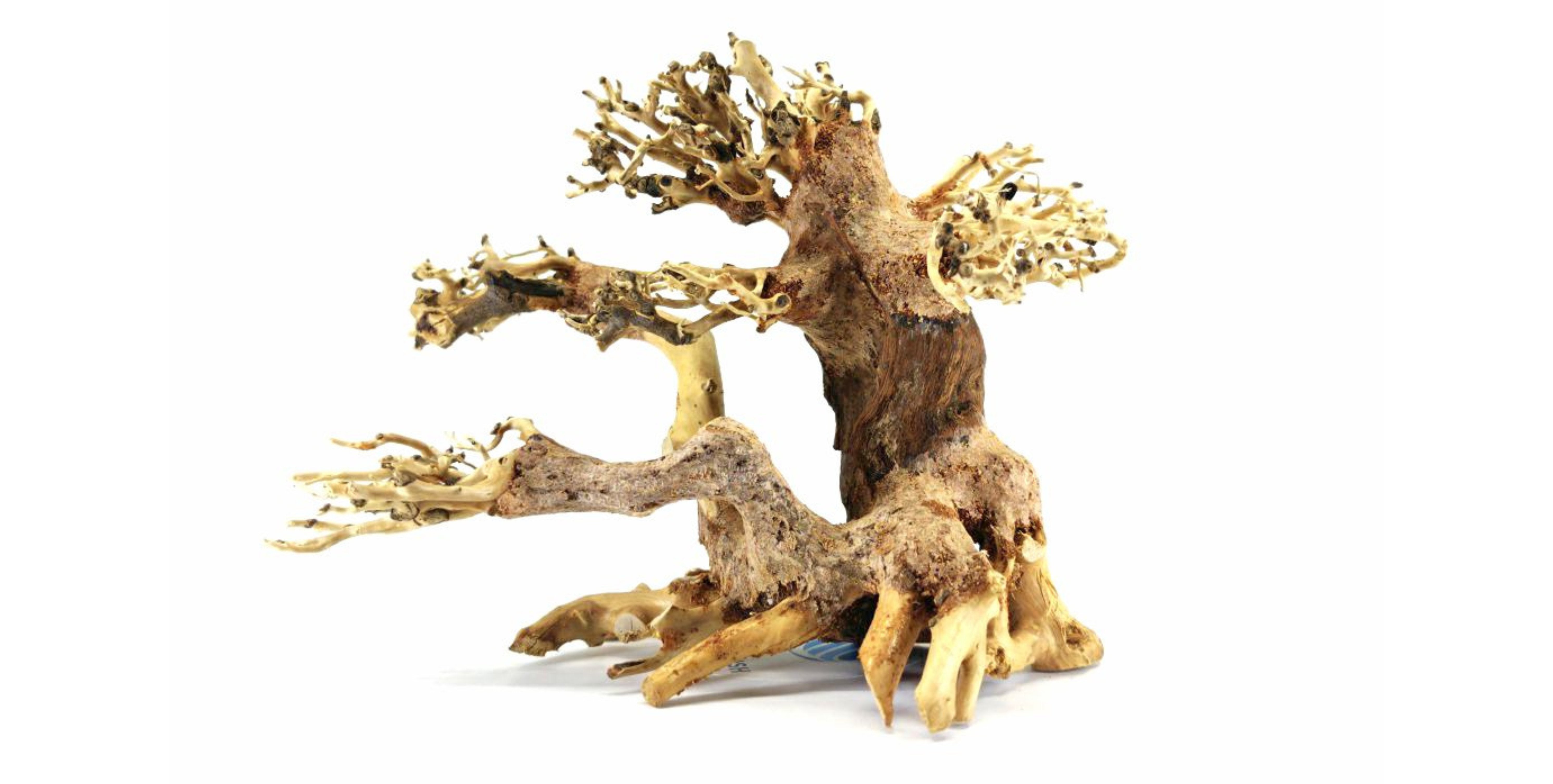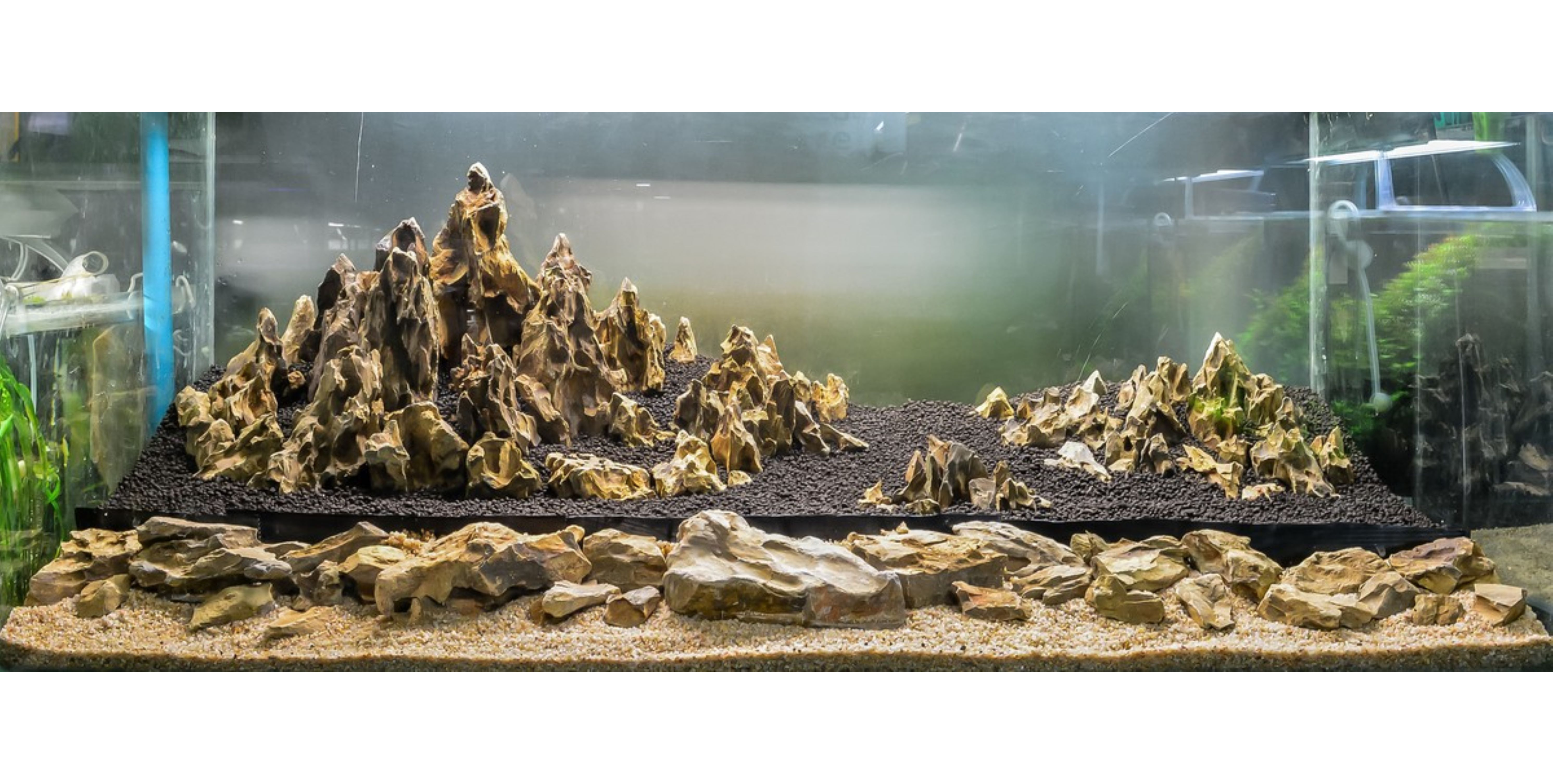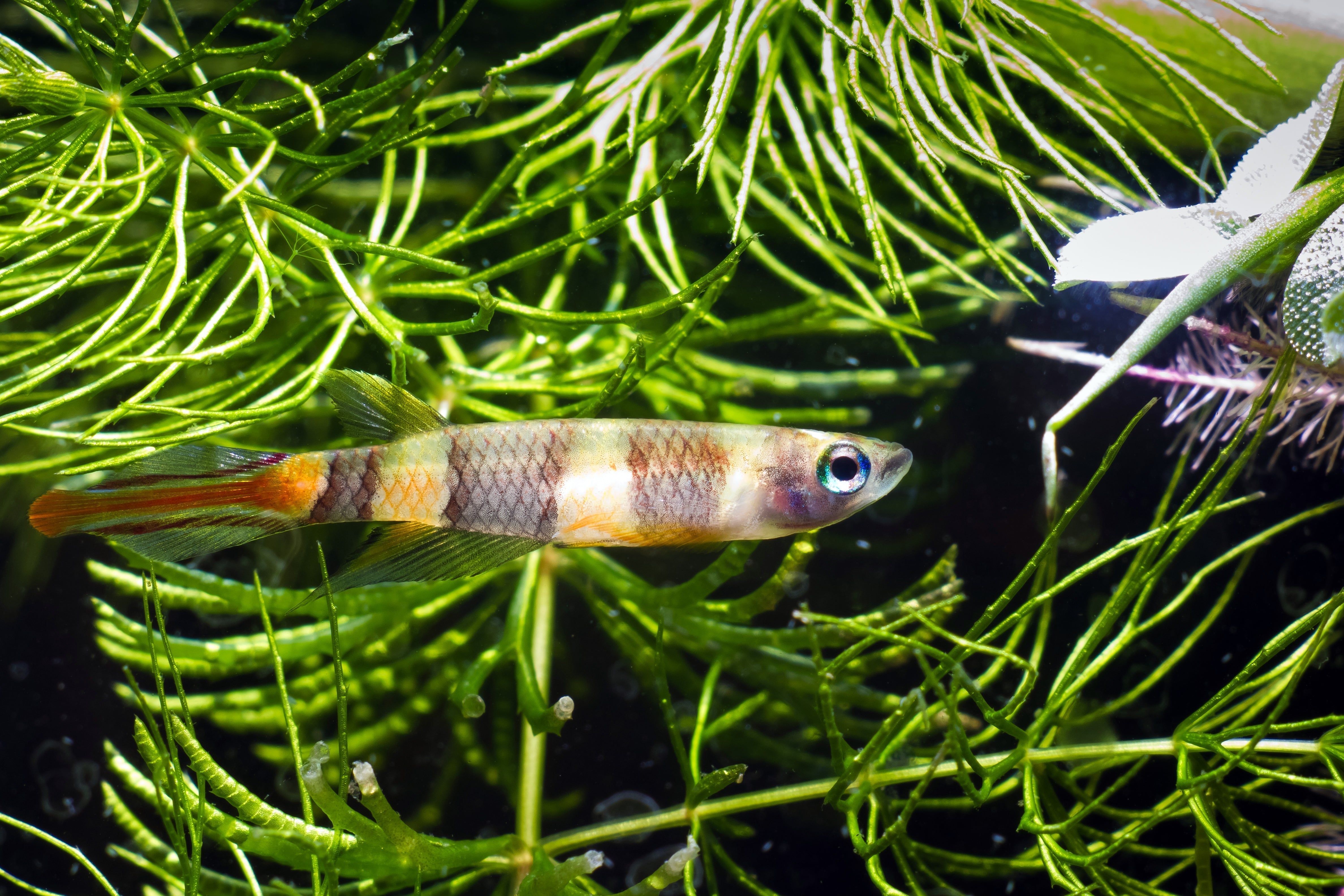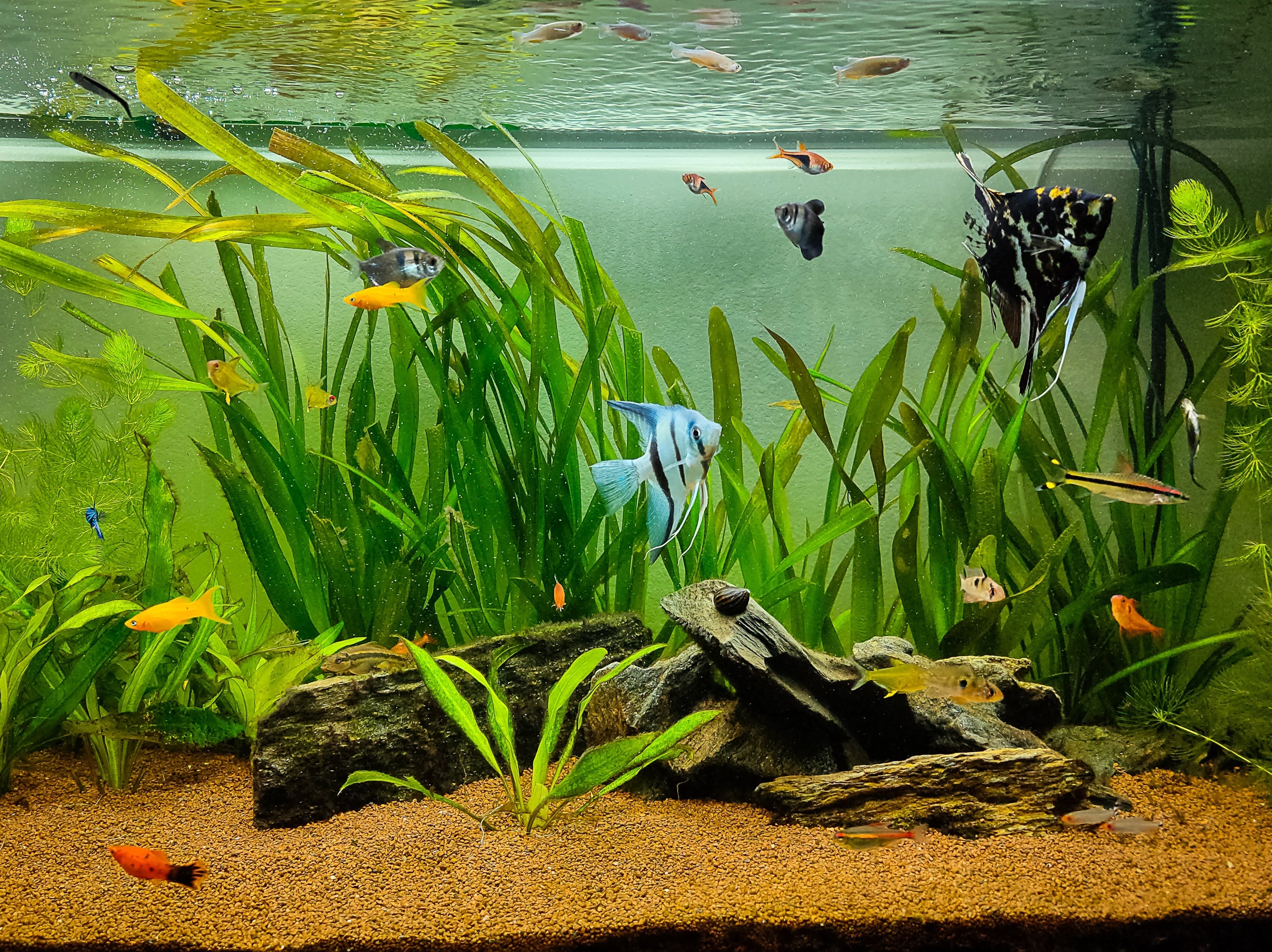Table of Contents
Killifish are the hidden gems of the aquarium world, boasting vibrant colors and unique patterns that can breathe life into any tank. With their enchanting hues, these small yet striking fish are not just a feast for the eyes; they also bring a touch of curiosity and excitement to your aquatic environment. Whether you’re a seasoned aquarist or just starting your journey, adding these lively species can create a stunning display that captures attention and sparks conversation. In this article, we'll explore five vibrant killifish species that can add that perfect splash of color, charm, and personality to your aquatic paradise. Get ready to dive into the world of these remarkable fish and discover which ones can make your aquarium truly unforgettable!
The Importance of Having Killifish in Aquariums
Including killifish in your aquarium offers both aesthetic and ecological benefits. Their striking appearances - ranging from glowing blues and fiery reds to iridescent yellows - make them a visual focal point. But beyond beauty, they also help balance tank dynamics. Many killifish types occupy the upper layers of the aquarium, reducing competition with bottom dwellers and mid-level swimmers.
In nature, many killifish species are insectivores, feeding on larvae and small aquatic insects. This behavior translates well into captivity, where they help control micro pests such as planaria and hydra when fed live food. Additionally, their generally peaceful disposition makes them excellent companions for a variety of small, non-aggressive fish.

Overview of Killifish Species
Killifish belong to the order Cyprinodontiformes and are found on nearly every continent, from rainforests in South America to seasonal pools in Africa and rice paddies in Asia. With over 1,200 known killifish species, they offer a wide range of colors, sizes, and behaviors.
They can be divided into two main groups:
- Annual Killifish: Found in temporary pools, they have short lifespans and rapid reproductive cycles. Eggs can survive dry seasons by entering diapause.
- Non-Annual Killifish: Inhabit more stable environments and tend to live longer, making them better suited for beginner hobbyists.
Their unique evolutionary adaptations and fascinating lifecycle make them ideal subjects for both display and study in the hobby.
Orange Australe Killifish
The Orange Australe Killifish or Lyretail Killifish (Aphyosemion australe) is one of the most popular killifish freshwater species in the hobby, especially for beginners. Its fiery orange body, contrasting red speckles, and ornate caudal fin make it a true showpiece in planted aquariums. The distinctive “lyretail” shape of its tail gives the species both elegance and its common name.
These freshwater fish are generally peaceful and do well in pairs or harems (one male with multiple females). Males may spar mildly during courtship, but rarely cause damage. Their calm temperament makes them suitable for community tanks with other gentle fish like Rasboras, Tetras, or Corydoras.
They are bubble-nesters in the wild and will use fine-leaved plants like Java moss or floating roots for spawning. Soft water with a neutral to slightly acidic pH will encourage natural behavior and breeding.

Redtail Notho Killifish
The Redtail Notho (Nothobranchius guentheri) is an eye-catching species originating from ephemeral pools in East Africa, particularly Tanzania. These annual killifish are evolutionarily adapted to live fast and reproduce quickly, with a dramatic life cycle that makes them ideal for hobbyists interested in breeding projects.
Redtail Notho Killifish can be semi-aggressive, especially males competing for space or mates. They're best kept in species-only setups or with passive, non-fin-nipping tank mates. Their small size (1.5–2 inches) and striking appearance make them ideal for dedicated killifish biotope aquariums.
They lay eggs in soft peat or coconut coir substrate. Eggs are then removed and stored in moist conditions for up to 3 months before hatching, making them fascinating for seasonal breeding cycles.
Clown Killifish
The Clown Killifish, also known as the Rocket Killifish (Epiplatys annulatus) due to its torpedo shape and flame-like tail, is perfect for nano tanks or aquascapes. Native to slow-moving waters in West Africa, this species thrives in calm, blackwater conditions with leaf litter and dense plants.
These micro killifish are peaceful and best kept in groups of 6–10 to encourage schooling and reduce shyness. Their small size (about 1.5 inches) makes them ideal companions for freshwater shrimp, Pygmy Corydoras, and other nano fish.
Their tiny mouths require equally small food. Feed them microworms, baby brine shrimp, and crushed flakes. For vibrant colors, include high-protein live foods in their diet.
Clown Killifish display courtship behavior with fluttering fins and gentle chasing. Males are more colorful with deeper red accents and stronger vertical striping.
Blue Gularis Killifish
The Blue Gularis Killifish (Fundulopanchax sjoestedti) is a bold, predatory species hailing from Nigeria and Cameroon. It’s one of the largest and most visually stunning killifish species, often growing up to 4 inches. Males exhibit electric blue bodies with vivid red markings and extended, flowing fins that look almost unreal.
Blue Gularis are aggressive, particularly toward other males and smaller fish. They’re best housed solo, in pairs, or in large aquariums with sturdy, fast-moving tank mates. A secure lid is a must - they are powerful jumpers.
A 20-gallon or larger tank is recommended. Provide dense aquarium plant cover, subdued lighting, and tannin-rich water (via Indian almond leaves or driftwood) to mimic their natural habitat.
Males can be territorial during spawning, so provide ample hiding places for females. They’re prolific egg scatterers and benefit from spawning mops or moss.
Norman’s Lampeye Killifish
Small and subtle yet mesmerizing, the Norman’s Lampeye Killifish (Poropanchax normani) offers a peaceful schooling fish ideal for planted aquariums. Their namesake feature is the glowing "lampeye" - a shimmering blue dot over the pupil that seems to glow under aquarium lighting.
These fish are highly social and should be kept in groups of 6 or more to reduce stress and promote schooling. Their peaceful nature makes them excellent companions for other small fish, such as Neon tetras, Ember Tetras, or Celestial Pearl Danios.
They readily accept micropellets, flakes, and live/frozen foods. A diet rich in protein and carotenoids enhances their eye glow and iridescent scales.
Norman’s Lampeyes enjoy densely planted tanks with open swimming space and floating vegetation. They thrive in stable, clean water with gentle flow.
Caring for Your Killifish: Habitat and Diet
Caring for killifish successfully involves understanding their native environments. Most prefer soft, slightly acidic water, though many are adaptable. Annual species like Nothobranchius require more specific care due to their rapid lifecycle.
Habitat Tips
- Use a soft, dark substrate to mimic natural habitats.
- Add leaf litter and floating plants like Water Wisteria or Red Root Floater for tannins and cover.
- Maintain stable water temperature and pH.
- Use a gentle sponge filter to avoid current stress.
Diet
Killifish are carnivores by nature and thrive on a diet of:
- Live or frozen foods such as brine shrimp, daphnia, bloodworms
- High-protein micro-pellets or flakes
- Occasional mosquito larvae or blackworms for enrichment
Feeding should be done 1–2 times daily in small amounts to avoid overfeeding.
Conclusion
Adding killifish to your aquarium is more than a visual upgrade - it's a venture into one of the most diverse and rewarding groups of freshwater fish. From the dazzling colors of the Blue Gularis to the nano charm of the Clown Killifish, each species brings its own unique story to your tank.
Whether you're drawn to breeding projects, nano tanks, or simply love exotic fish, there’s a killifish type for you. Remember to consider compatibility, lifespan, and specific care needs to ensure your tank thrives.
Explore our freshwater fish collection at Splashy Fish Store to start your colorful journey today. Visit us to get them online or at aquarium store in Virginia for more betta fish for sale, freshwater shrimp for sale, aquarium plants for sale, and aquarium supplies.
Killifish Types Frequently Asked Questions (FAQs)
What is the best Killifish for beginners?
The best killifish for beginners are Norman’s Lampeye Killifish and Clown Killifish. These species are hardy, peaceful, and adapt well to a range of water conditions. Unlike annual species that require careful breeding cycles and have short lifespans, these non-annual fish are more forgiving and can thrive with basic care. Their small size also makes them suitable for nano tanks and beginner setups. For those new to killifish freshwater, these two are excellent introductions into the hobby.
How many types of Killifish are there?
There are over 1,200 known species of killifish, divided into more than 10 recognized genera such as Aphyosemion, Fundulopanchax, Epiplatys, and Nothobranchius. They can be categorized into:
- Annual Killifish: Adapted to temporary water bodies, with eggs that can survive dry seasons.
- Non-Annual Killifish: From more stable environments, with longer lifespans.
Each genus has its own care requirements, coloration, and behavior traits. New species and color morphs are continually being discovered, adding to their diversity.
Can I keep different types of Killifish together?
Keeping different types of killifish together is possible but requires careful planning. Some species, like Clown Killifish and Lampeye Killifish, are peaceful and do well in groups or mixed community tanks. Others, such as Blue Gularis Killifish, can be territorial or aggressive, especially males, making them unsuitable for mixing with others unless in very large, well-divided aquariums.
For best results:
- Avoid housing multiple males of aggressive species in the same tank.
- Provide plenty of plants and visual barriers to reduce territorial behavior.
- Keep compatible species from similar regions and with similar water parameter needs.
Always research the temperament and habitat preferences of each killifish species before combining them.



